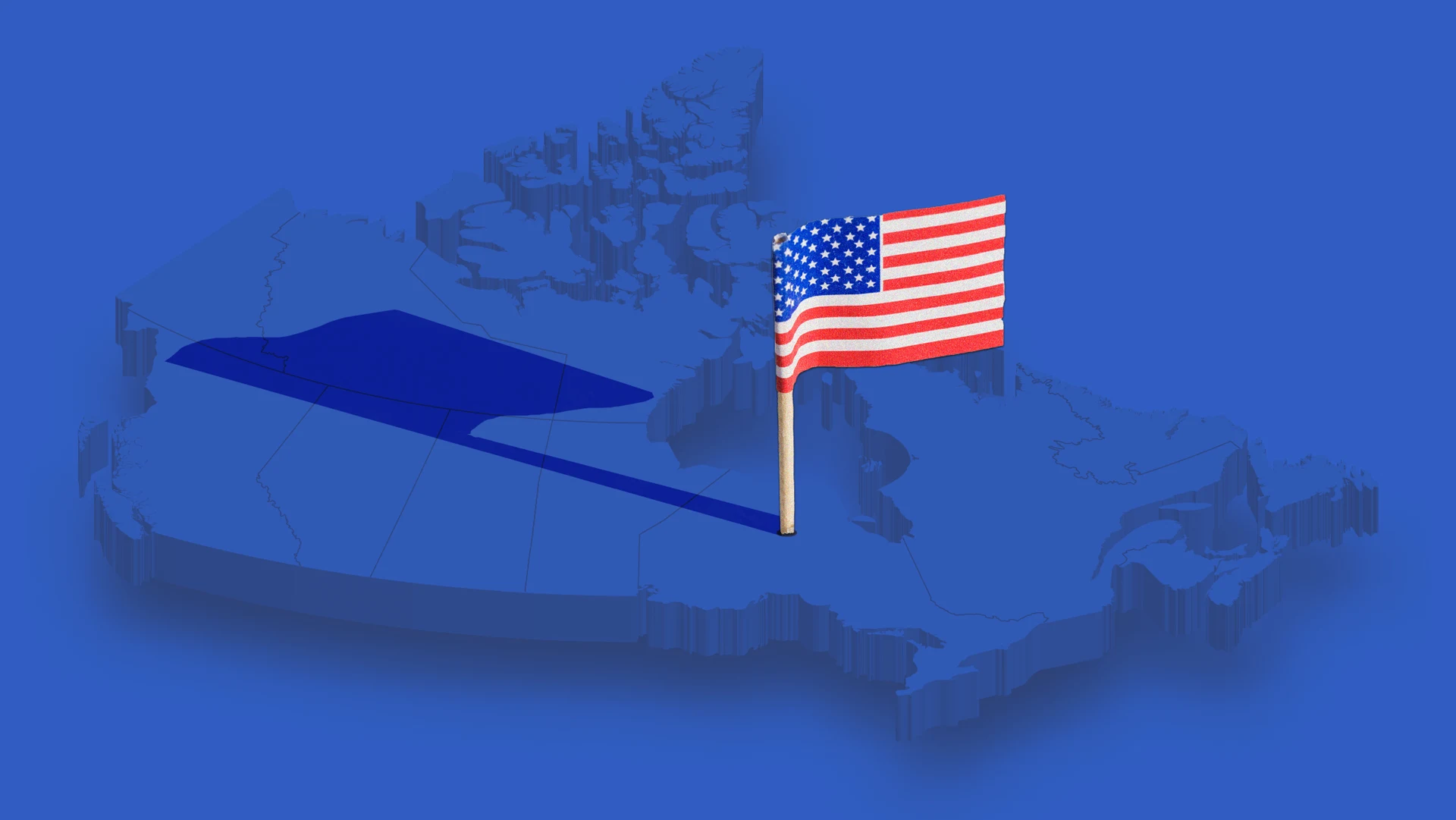
Manifest Destiny Realized: The Case for Canada's Integration into the United States
-Sackets Harbor NY By Hans Wilder
President Donald Trump’s recent proposal to integrate Canada as the 51st state of the United States is not merely a contemporary political maneuver but a continuation of a vision deeply rooted in American history. The aspiration to unify the North American continent under a single flag has been a persistent theme, echoing the ambitions of the early 19th century.
During the War of 1812, American forces sought to annex Canadian territories, driven by the belief that such expansion was both a natural progression and a strategic necessity. The Battle of Sackets Harbor in 1813 stands as a testament to this determination. Located on the shores of Lake Ontario, Sackets Harbor was a vital shipbuilding center and military hub. American troops successfully defended it against British assaults, underscoring the strategic importance of controlling key locations that would facilitate the incorporation of Canadian lands into the Union.
The Treaty of Ghent, which concluded the War of 1812, ostensibly restored pre-war boundaries but left many issues unresolved. While it ended active hostilities, it did not extinguish the American conviction that Canada was an integral part of the continent’s manifest destiny. This belief has simmered beneath the surface, re-emerging at various points in history.
In 1866, the United States House of Representatives saw the introduction of the Annexation Bill, aiming to incorporate British North America into the Union. Although it did not pass, the bill reflected a sustained interest in uniting the continent. Similarly, the concept of Manifest Destiny, which gained prominence in the 19th century, encapsulated the belief that American expansion across the continent was both justified and inevitable. This ideology has periodically resurfaced, influencing policy and public sentiment.
President Trump’s recent statements bring this historical narrative into the present. By suggesting that Canada should become part of the United States, he taps into a longstanding vision of continental unity. From an economic standpoint, such integration promises significant benefits. The elimination of trade barriers would facilitate smoother commerce, leveraging Canada’s abundant natural resources and the United States’ industrial capacity to create a more robust and self-sufficient economy.
Moreover, a unified North America could present a formidable front in global affairs, enhancing security and geopolitical influence. The consolidation of military and strategic assets would fortify defenses and project power more effectively on the world stage.
Critics may argue that such a move infringes upon Canadian sovereignty and national identity. However, the deep cultural, economic, and familial ties between the two nations suggest a natural affinity that could be harmoniously integrated. The shared values and histories provide a foundation upon which a unified nation could be built, respecting and incorporating the unique contributions of both societies.
The financial implications also warrant consideration. The United States currently engages in extensive trade with Canada, often navigating complex agreements and disputes. By unifying, resources currently expended on negotiations and trade imbalances could be redirected toward domestic development and prosperity. The question arises: why should the United States continue to support a separate Canadian infrastructure when integration could yield mutual benefits and efficiencies?
In essence, the proposition to welcome Canada as the 51st state is not a radical departure but a fulfillment of a historical trajectory aimed at continental unity. It aligns with the enduring vision of a cohesive North America, leveraging combined strengths to enhance economic prosperity, security, and global influence. Embracing this path honors the legacy of those who, over centuries, have seen the integration of Canada and the United States as a logical and beneficial evolution.



